Composting is one of the most natural and effective ways to enrich your garden’s soil while reducing household waste. Instead of throwing away food scraps, grass clippings, or dry leaves, you can turn them into nutrient-rich compost that feeds your plants and improves soil structure.
Healthy compost not only boosts plant growth but also helps your garden retain moisture, reduces the need for chemical fertilizers, and supports a more sustainable lifestyle. Proper soil management is key to maximizing these benefits, as practices that improve soil quality help plants—and even livestock—thrive.
Whether you are a beginner or already have some experience, understanding the basics of composting will help you create a thriving and eco-friendly garden.
Understanding the Basics of Composting
Before diving into techniques and tips, it’s important to understand what composting actually is.

Composting is the natural process of breaking down organic materials—such as fruit peels, vegetable scraps, coffee grounds, grass clippings, and dried leaves—into a dark, crumbly substance often called “black gold.”
This nutrient-rich material improves soil health and provides plants with essential minerals.
At its core, composting requires four main elements:
-
Greens (Nitrogen-rich materials): food scraps, coffee grounds, fresh grass clippings.
-
Browns (Carbon-rich materials): dry leaves, straw, cardboard, shredded paper.
-
Water: moisture helps microbes break down the material effectively.
-
Air: proper airflow speeds up decomposition and prevents bad odors.
By balancing these elements, you create the ideal environment for beneficial microorganisms and worms to transform waste into compost.
The result is a natural fertilizer that reduces your dependence on synthetic products and supports a healthier garden ecosystem.
How to Start Your Own Compost Pile
Starting a compost pile is simple if you follow a few key steps.
Choose a spot in your garden with good drainage and partial shade, or if you live in an apartment, use a compost bin or tumbler. You can purchase a ready-made container, build one yourself, or simply set up a pile.

Begin with a layer of browns at the bottom for airflow, then add greens, and continue layering while maintaining balance.
Water lightly if the pile gets too dry, and turn it every couple of weeks to ensure oxygen reaches all layers. With patience, in two to six months you will have dark, crumbly compost that smells like fresh earth.
Using compost in your garden is the most rewarding step. Spread it as a top layer around plants, mix it into garden beds before planting, or use it in potted plants for extra nutrients.
Healthy compost improves soil structure, retains moisture, and adds vital minerals, all of which help plants grow stronger and more resilient. With just a little effort and consistency, composting turns everyday waste into a powerful tool for building a thriving and sustainable garden.

Common Composting Mistakes and How to Avoid Them
Even though composting is a natural process, beginners often face challenges that can slow down decomposition or create unpleasant results. The good news is that most problems are easy to solve once you know what to look out for.
One of the most common mistakes is using too many “greens” such as food scraps or fresh grass. This overloads the pile with nitrogen and causes bad odors. To fix this, balance it with more “browns” like dried leaves, shredded cardboard, or sawdust.

On the other hand, too many browns make the pile dry and slow to break down—adding more greens and a little water restores balance.
Another mistake is forgetting to turn the pile. Without proper airflow, the compost becomes compacted and starts to smell. Turning it every couple of weeks introduces oxygen, which speeds up the process and keeps it fresh.
Moisture is another key factor—if the pile is too wet, it becomes soggy and smelly; if too dry, decomposition stalls. Aim for the feel of a wrung-out sponge.
Finally, many people accidentally add materials that should never go into compost, such as meat, dairy, oily foods, or pet waste. These attract pests and create hygiene problems.
Sticking to plant-based scraps ensures a clean, safe, and efficient composting system.
By avoiding these mistakes, your compost pile will work faster, stay odor-free, and provide you with a steady supply of nutrient-rich fertilizer for your garden.
How to Use Compost in Your Garden
Once your compost is ready, the most exciting part begins—using it to nourish your plants and improve your soil.
Finished compost should be dark, crumbly, and have an earthy smell. At this stage, it’s safe and beneficial to apply it in several ways.
One of the simplest methods is top-dressing, where you spread a thin layer of compost around the base of your plants. This slowly releases nutrients into the soil and improves moisture retention.

Another effective method is soil mixing: blend compost into garden beds before planting to enrich the soil with organic matter and improve its structure. For potted plants, mix compost with regular potting soil to give roots extra strength and support.
Compost can also be turned into compost tea, a liquid fertilizer made by steeping compost in water. This nutrient-rich solution can be poured directly onto the soil or sprayed on leaves to give plants a quick boost.
No matter how you use it, compost works as a natural fertilizer, reducing the need for chemicals, supporting beneficial microorganisms, and creating a healthier, more sustainable garden ecosystem. With regular composting, your garden soil will become richer year after year, helping your plants grow stronger, greener, and more resilient.
Conclusion
Composting is more than just a way to recycle food and garden waste—it’s a simple practice that brings lasting benefits to both your plants and the environment. By understanding the basics, starting a balanced compost pile, avoiding common mistakes, and applying finished compost effectively, you can turn everyday scraps into a powerful natural fertilizer. Healthy compost improves soil quality, supports beneficial organisms, and helps your garden thrive without the need for chemicals.
For even greater results, gardeners can combine their homemade compost with high-quality organic fertilizers. At GS Plant Foods, we provide some of the best organic solutions designed to enrich the soil, boost plant health, and promote sustainable growth.
By pairing natural composting practices with our carefully crafted fertilizers, you give your garden everything it needs to grow stronger, greener, and more resilient.
With patience, consistency, and the right support, composting becomes more than a routine—it becomes a way to build a thriving and eco-friendly garden for years to come.
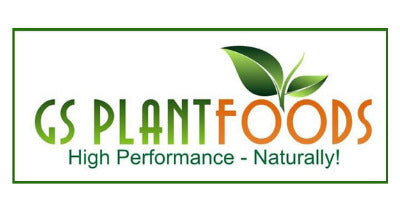
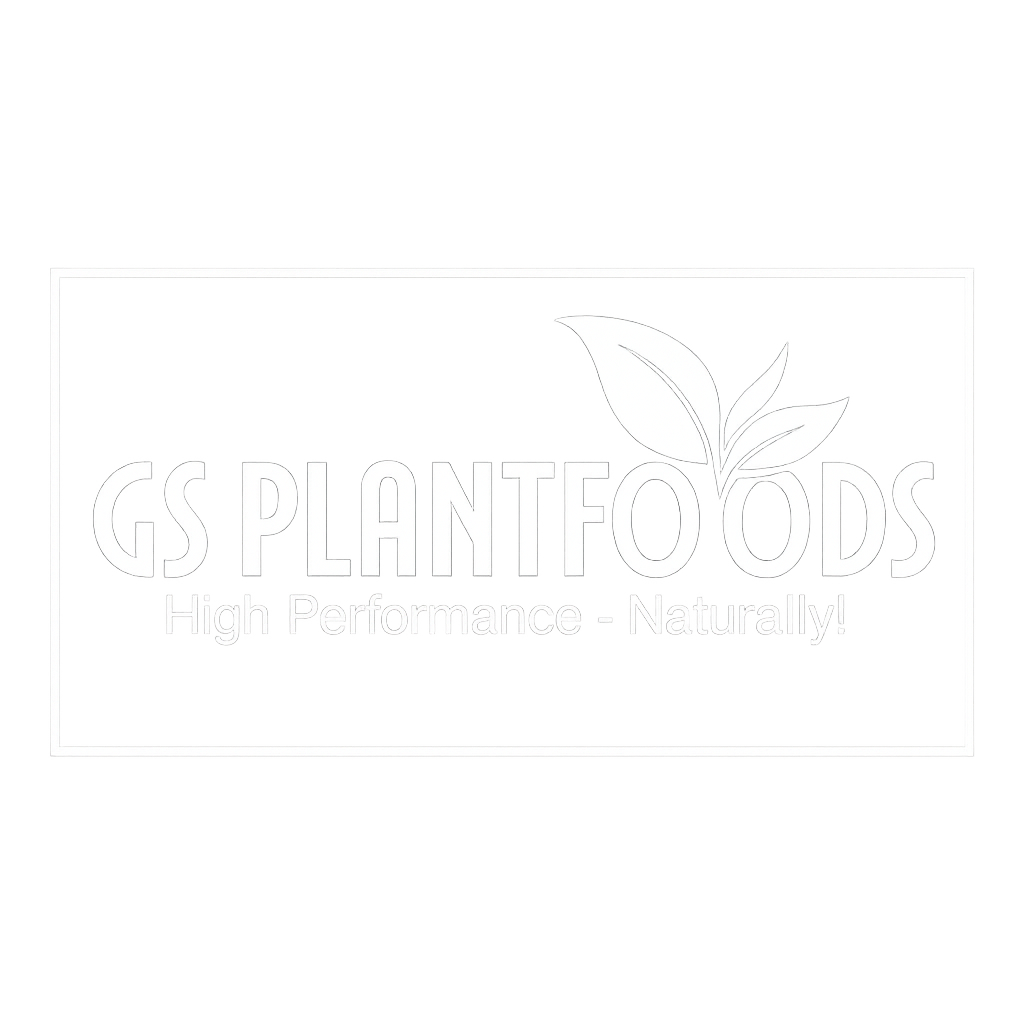
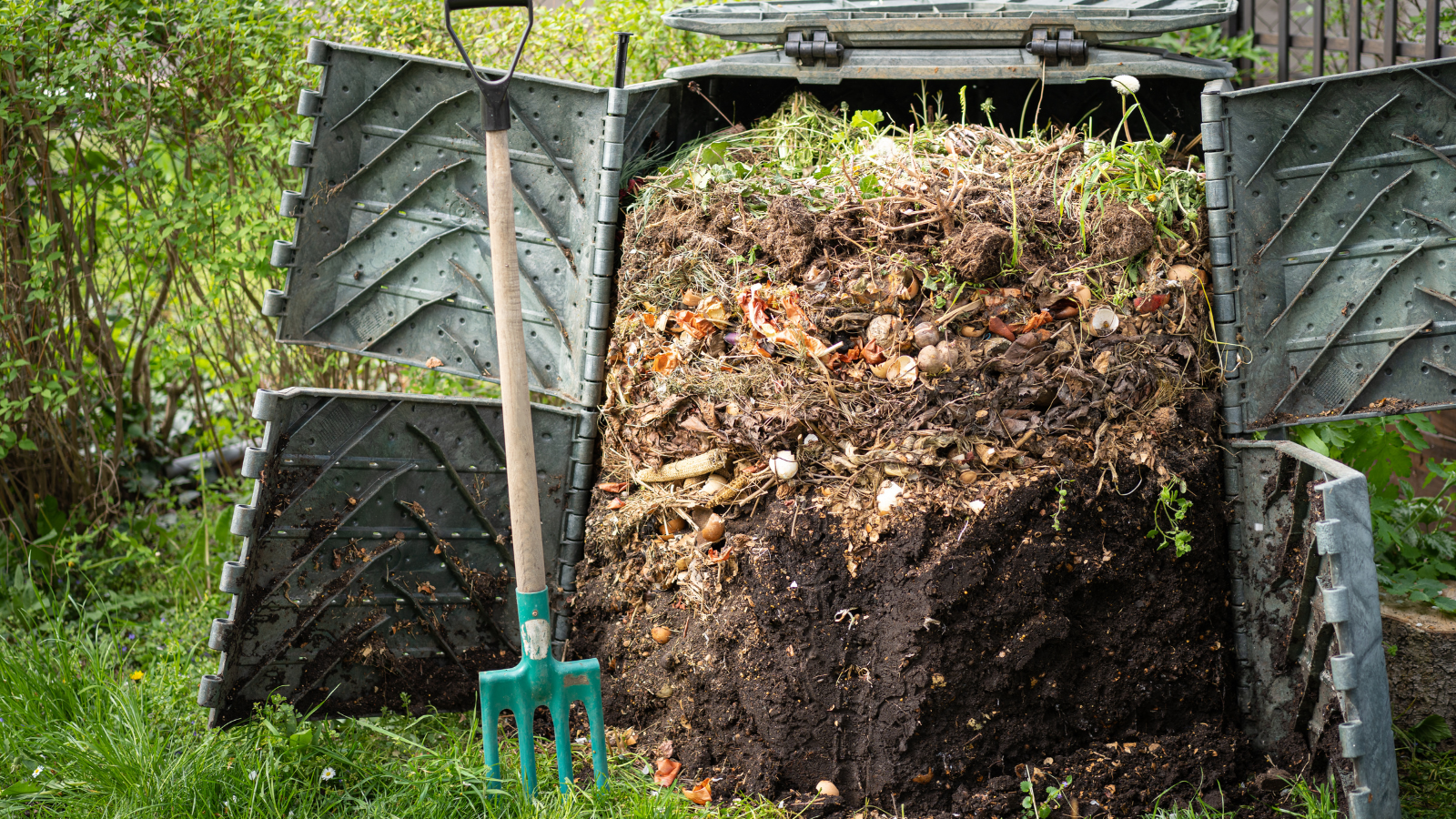
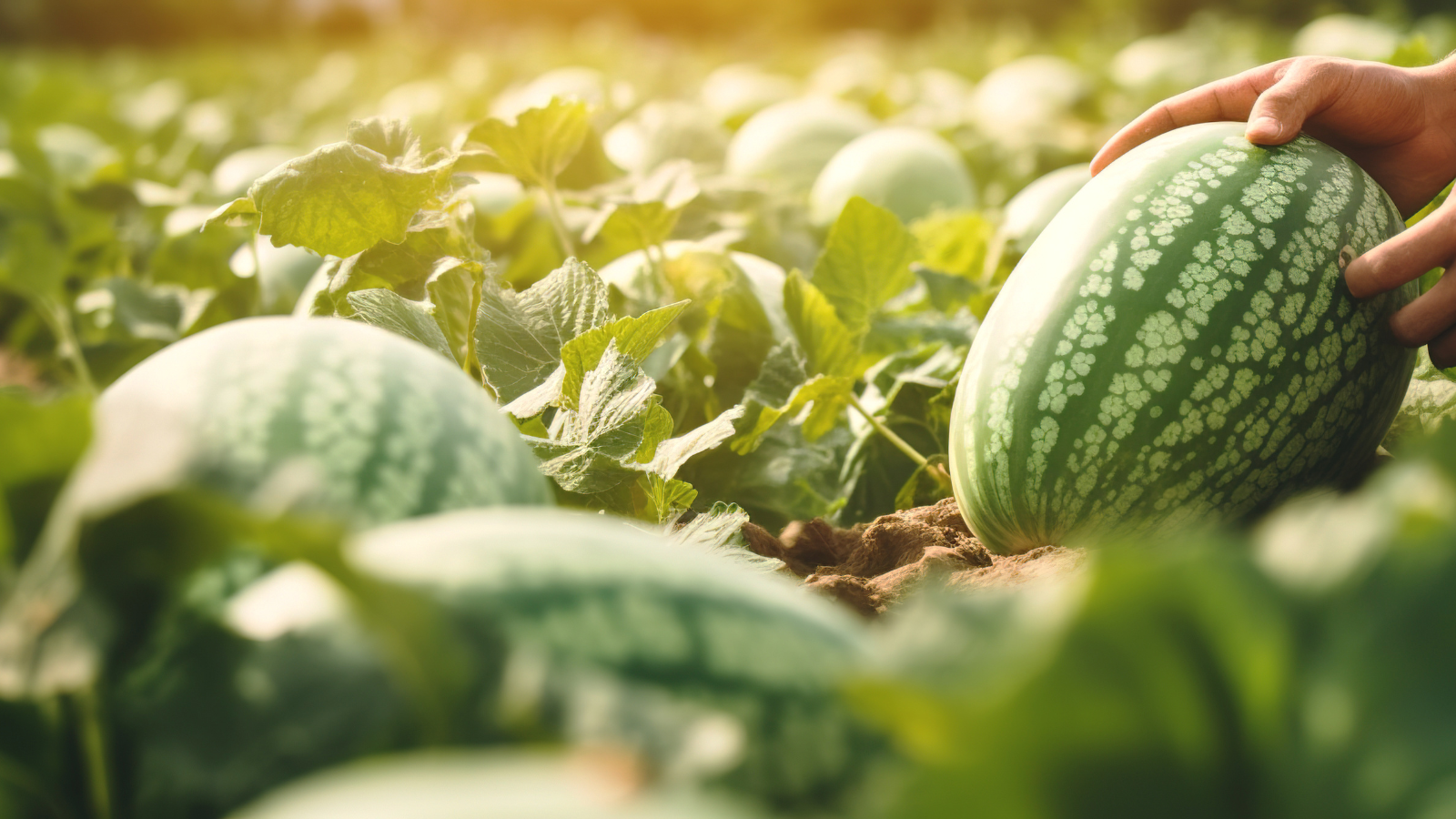
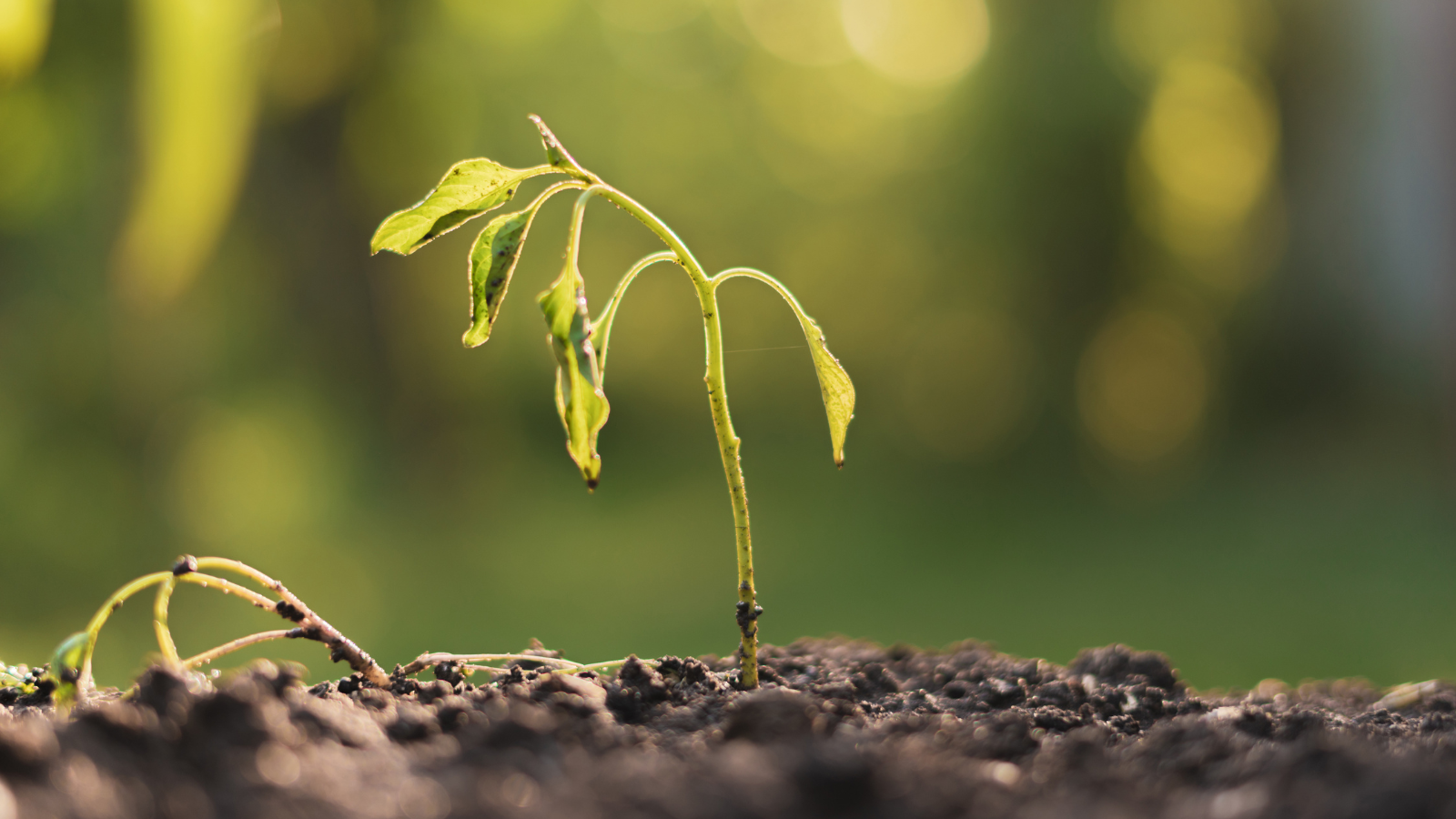
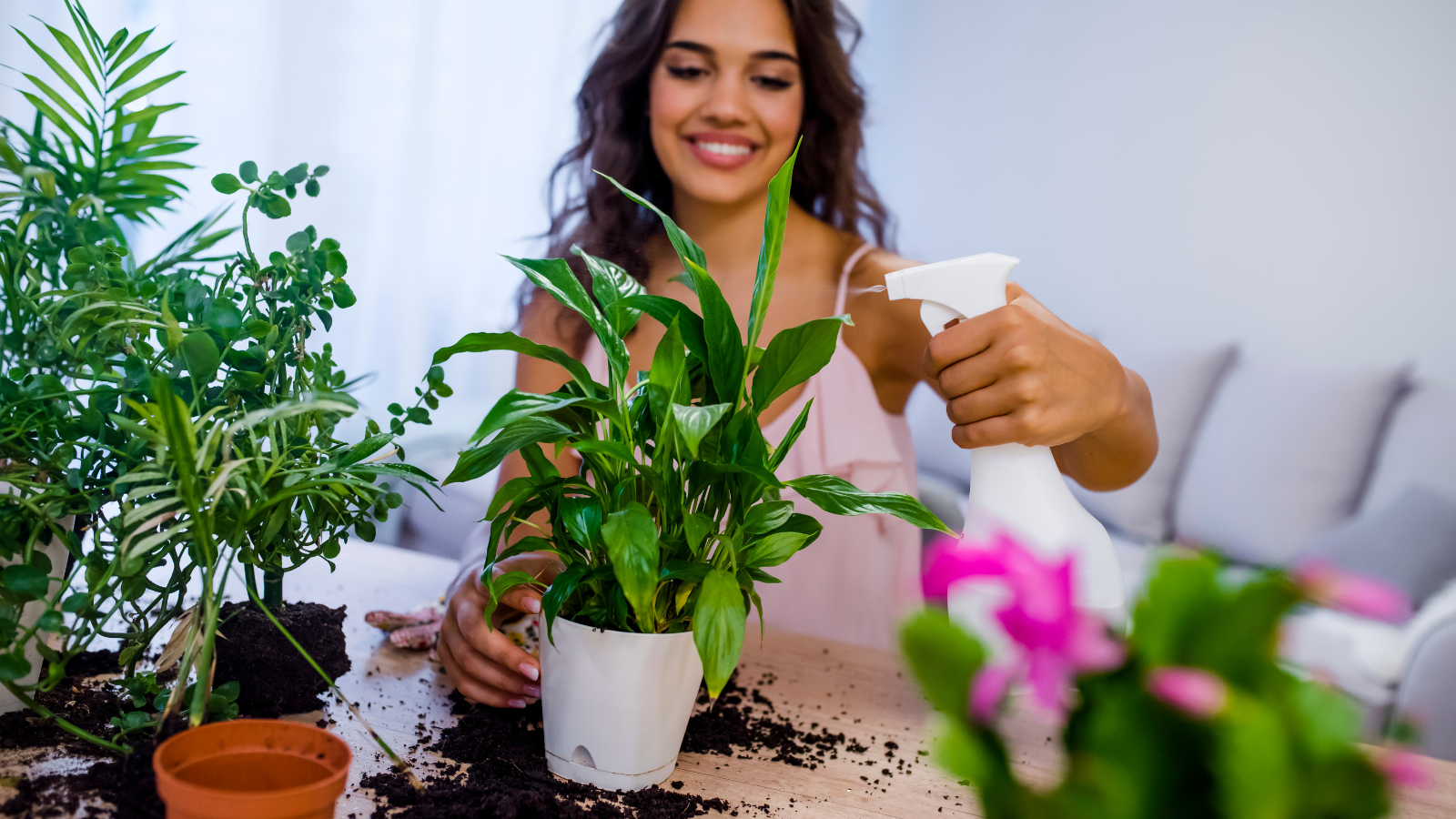
Share:
Why CalMag Is Essential for Healthy Plant Growth
Common Mistakes When Using Fertilizers and How to Avoid Them